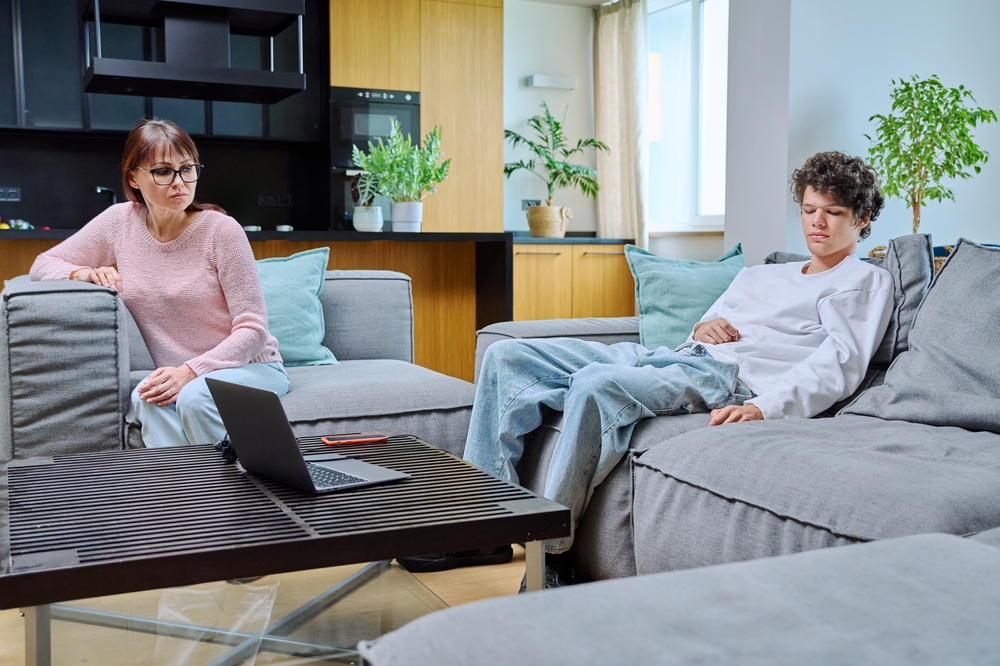It can be difficult and emotionally draining for parents to accompany their children through residential treatment for mental health or drug misuse issues. While finishing residential treatment is an important step in the process, it’s equally important to understand that sustained wellbeing is a journey that takes place outside of the treatment center. Establishing a nurturing atmosphere in your household is essential for promoting your child’s continuous development and averting relapse.
Keep reading to learn some tips and tricks for creating a supportive and accommodating environment for your teen after residential treatment, as well as how to find the right program for your teen, which is a crucial first step that goes a long way toward setting them up for success.
Finding the Right Residential Program
If you’ve done a search for teen residential programs, you’ve likely seen there are quite a few available, and while that’s great, it can also be overwhelming with everything else going on. That’s where our team at Help Your Teen Now comes in. Like you, we noticed the overwhelming options and realized that while choices are great, too many choices make an already hard decision even more so.
With our team by our side, you’ll get a list of resources that fit your teen’s particular needs without having to spend hours online. This information streamlines the process and provides you with facts you can use to get your teen help. Even better? We offer our services free of charge.
Now that you know how to find the right program for your teen, let’s look at the tips and tricks mentioned above for creating a supportive and accommodating environment for your teen post-treatment.
Creating a Supportive Environment for Your Teen Post-Treatment.
During treatment and pre-discharge, the residential staff will provide you with ways to prepare the home and your teen’s surrounding environment. This advice, along with the tips and tricks below, can pave a path to success that encourages your teen to keep going and gives both of you much-needed hope. While each situation is different, the following are common ways to assist your teen after discharge:
- Open Communication: Encourage direct and honest conversation between you and your child. Encourage children to voice their ideas, emotions, and worries without fear of criticism. Establish a secure environment where people can freely discuss their challenges and victories.
- Have Reasonable Expectations: Recognize that getting well is a journey that will have ups and downs. Be patient while facing setbacks, and set reasonable expectations for your growth. Honor modest accomplishments and offer support when things are tough.
- Establish Structure and Routine: For teens in recovery, stability and predictability are crucial, and structure and routine offer both. Set up dependable daily schedules for your activities, sleep, and meals. This lessens tension and contributes to a sense of stability.
- Encourage Healthy Habits: Regular exercise, a balanced diet, and enough sleep are all ways to improve physical health. Since mental and physical health are intimately related, encouraging your child to adopt healthy habits will help them on their path to recovery.
- Establish a Supportive Network: Encircle your child with friends, relatives, therapists, and support groups to help them through life. Urge them to interact with friends who have gone through similar things and offer support to each other.
- Educate Yourself: Invest some time in learning as much as you can about your child’s addiction and potential after-treatment difficulties. Being aware of their coping strategies, triggers, and relapse warning indicators will enable you to offer them appropriate help.
- Take Care of Yourself: Assisting a child in their recovery can be emotionally taxing. Never forget to put your personal wellbeing and self-care first. Allocate time for pursuits that revitalize your mind and spirit.
- Establish Boundaries: To preserve a balance between support and autonomy, establish boundaries that are both healthy and obvious. Promote self-reliance while offering direction and structure.
- Relapse Warning Indicators: Relapse warning signals include withdrawal, mood swings, and behavioral changes. Remain vigilant. Deal with any issues right away and, if necessary, seek expert assistance.
- Celebrate Your Child’s Progress: No matter how small, acknowledge and honor your child’s accomplishments. Enhancing self-assurance and drive through positive reinforcement strengthens an individual’s resolve to heal.
- Be Adaptive and Flexible: Continue to be adaptable and flexible in how you help your child. Since recovery is not a straight line, modifications could be required as you go.
Providing Support Post-Treatment
After residential treatment, establishing a supportive home environment calls for perseverance, commitment, and dedication. By putting these helpful suggestions into practice and creating a supportive environment, you may be a major contributor to your child’s long-term rehabilitation, resilience, and ongoing development.
Never forget that you are not traveling alone and that assistance and support are available at every turn. Our team can be with you each step of the way, starting with finding the right resources and program for your teen. Reach out today to learn more.
Sources:
https://helpyourteennow.com/contact-us/
https://helpyourteennow.com/faq/
https://www.apa.org/topics/resilience/guide-parents-teachers
https://parentsanonymous.org/resource/16-nurturing-parenting-strategies/
https://www.alexanderyouthnetwork.org/5-essential-mental-health-tips-for-parents/
https://evolvetreatment.com/blog/tips-teen-residential-treatment/











0 Comments